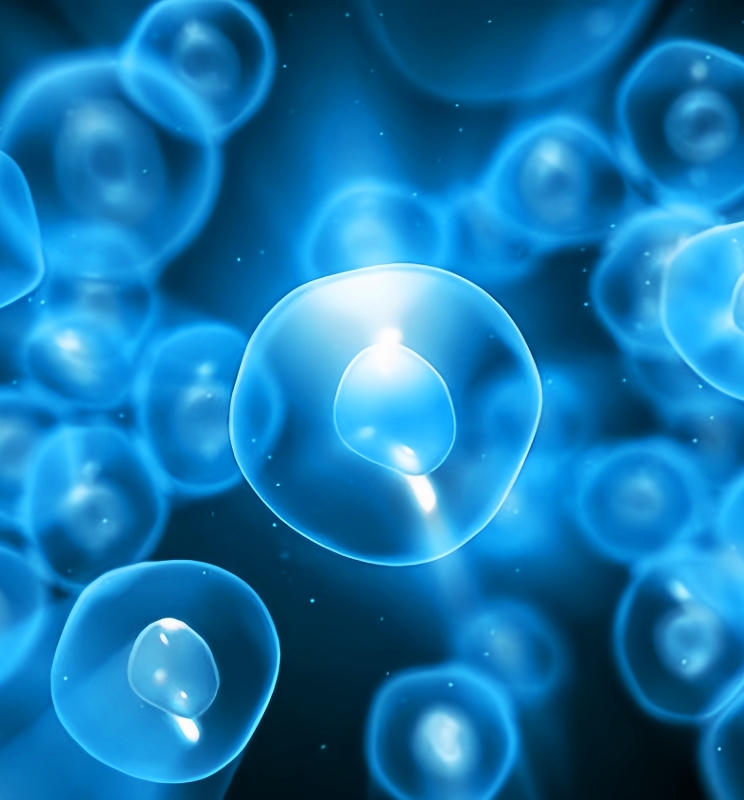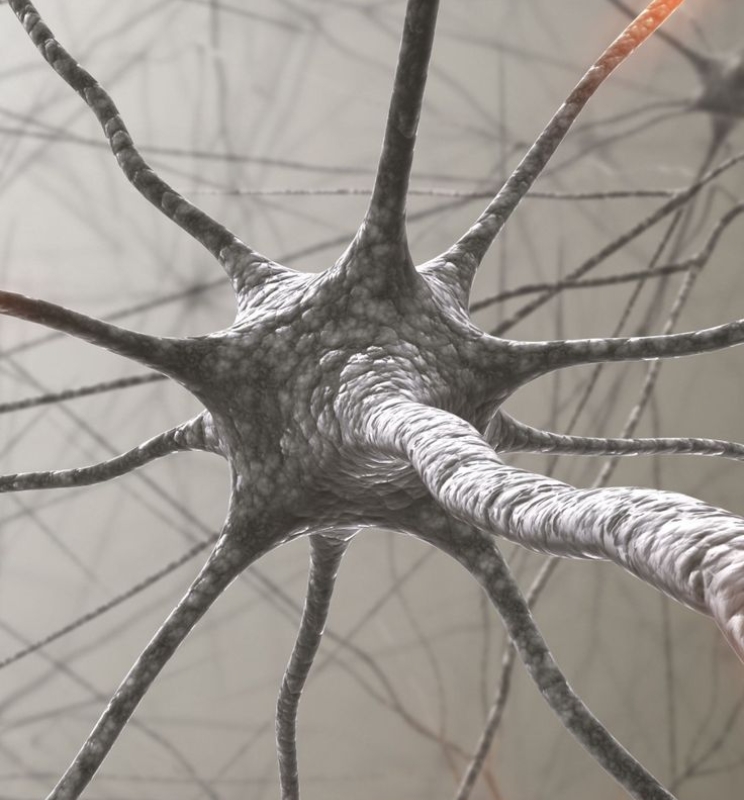Generally speaking, when we cross the threshold of 35 years old, the vitality of our body's cells will begin to decline, and signs of aging will begin to appear. Anti-aging treatment can effectively slow down cell decline and reduce the risk of certain diseases caused by age. At the same time, anti-aging treatment can also help us find out the causes and sources of body aging, and provide intervention and treatment to this problem through professional doctors. .
MORE DETAILED

Meditation: The secret to healthy mind-body unity
The biggest difference between meditation and many other fitness methods is tranquility. However, this seemingly still tranquility contains amazing power, and the benefits it exhibits are incomparable to ordinary physical exercise.
Learn More
Nature Sub-Journal: Why can exercise make people healthy and live longer?
As we all know, one of the best ways to stay healthy is to do aerobic exercise. But why? Recently, research published in the journal Nature Communications found that exercise can promote mitophagy and remove damaged mitochondria to maintain muscle health. Researchers from the University of Virginia have elucidated the signaling pathways involved in this process in mice.
Learn More
Cell Journal: Don’t want to use your brain after get off work? That's right! Scientists have discovered that after 6.5 hours of high-intensity mental work, "poisons" accumulate in the brain, leading to slow thinking and physical fatigue.
Today is also a day of hard work! Working is always exhausting both physically and mentally, and there is nothing you can do about it. After working for a period of time, my brain just can’t move, and I will unconsciously take out my mobile phone to read gossip and buy things. In short, anything that requires using my brain, quit! retreat! retreat! In this regard, Mathias Pessiglione's team conducted in-depth research and found that the "metabolic waste" glutamate produced during brain use will accumulate in the area of the brain responsible for cognitive control, the lateral prefrontal cortex (lPFC), resulting in the activation of lPFC. “Costs” increase, causing cognitive fatigue.
Learn More
Cell sub-journal: Chinese scientists release the first ethical governance framework for aging research
Over the past 30 years, aging research has made significant progress and has entered a unique new stage. Aging research is evolving from exploring the symptoms of aging to revealing the underlying mechanisms of aging phenotypes, and is beginning to delve into a series of potential aging intervention strategies, such as pharmaceutical intervention, gene therapy, regenerative medicine, immune intervention and active health.
Learn More
Immune cell technology enhances immune function and is a preventive strategy for aging and disease
Aging is a complex phenomenon characterized by a progressive decline in physiological functions and tissue homeostasis, resulting in an increased incidence of degenerative diseases and death. There are many theories about aging, including genetic theory, cell mutation theory, free radical theory, and neuroendocrine theory. In recent years, many scholars have noticed the relationship between immunity and aging and proposed the immune theory of aging.
Learn More
Telomere DNA damage promotes transcription of SARS-CoV-2 receptor ACE2 during aging
Telomeres are regions at the ends of linear chromosomes, and telomeres in vertebrates are composed of a large number of typical TTAGGG repeat sequences. The shelterin protein complex binds to telomeric DNA and protects telomeric DNA from being recognized as DNA damage (DD), thereby preventing DDR (DNA damage response). DNA replication causes the telomeres of chromosomes to gradually shorten. When telomeres become very short, they are sensed as DNA double-strand breaks (DSBs) and activate the DDR pathway. Continuous inbreeding of mice leads to progressive telomere shortening and DDR activation at telomeres, and the accumulation of characteristics of aging and age-related diseases. Furthermore, since damage at telomeres is not easily repaired, this results in persistent DDR activation. In this article, Professor Fabrizio d'Adda di Fagagna and his team from the Institute of Molecular Genetics of the National Research Council in Pavia, Italy, aimed to better describe the regulation of ACE2 expression during aging after telomere shortening and DDR activation. .
Learn More
New anti-aging technology: Nkg2D-Car T cells help you stay youthful
Cellular senescence is an irreversible state of cell cycle arrest caused by stress injury or certain physiological processes. Senescent cells not only directly affect the normal functions of tissues and organs, but also continuously secrete a variety of inflammatory factors to cause tissue and organ damage, causing a variety of age-related diseases, fatty liver, liver fibrosis, diabetes and other diseases. It has become a consensus in the field that the removal of senescent cells can alleviate or even treat aging-related diseases. However, how to remove senescent cells safely, effectively and accurately is currently a difficulty that needs to be overcome.
Learn More